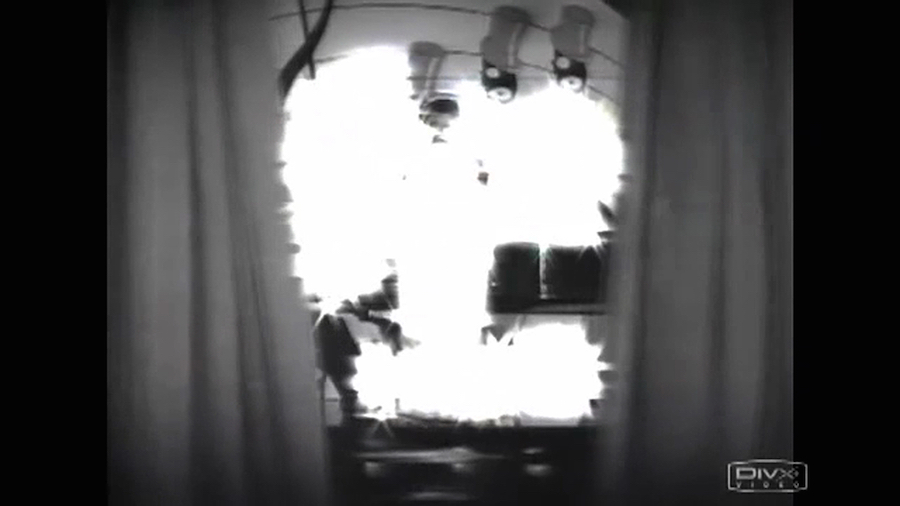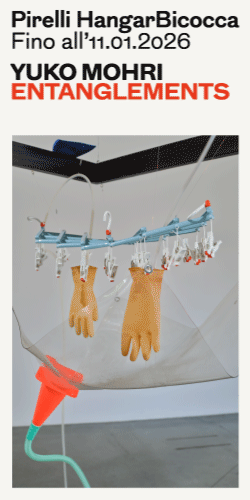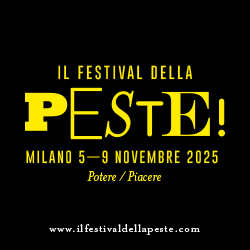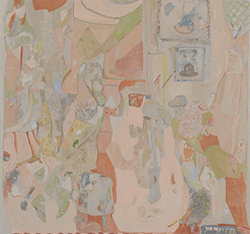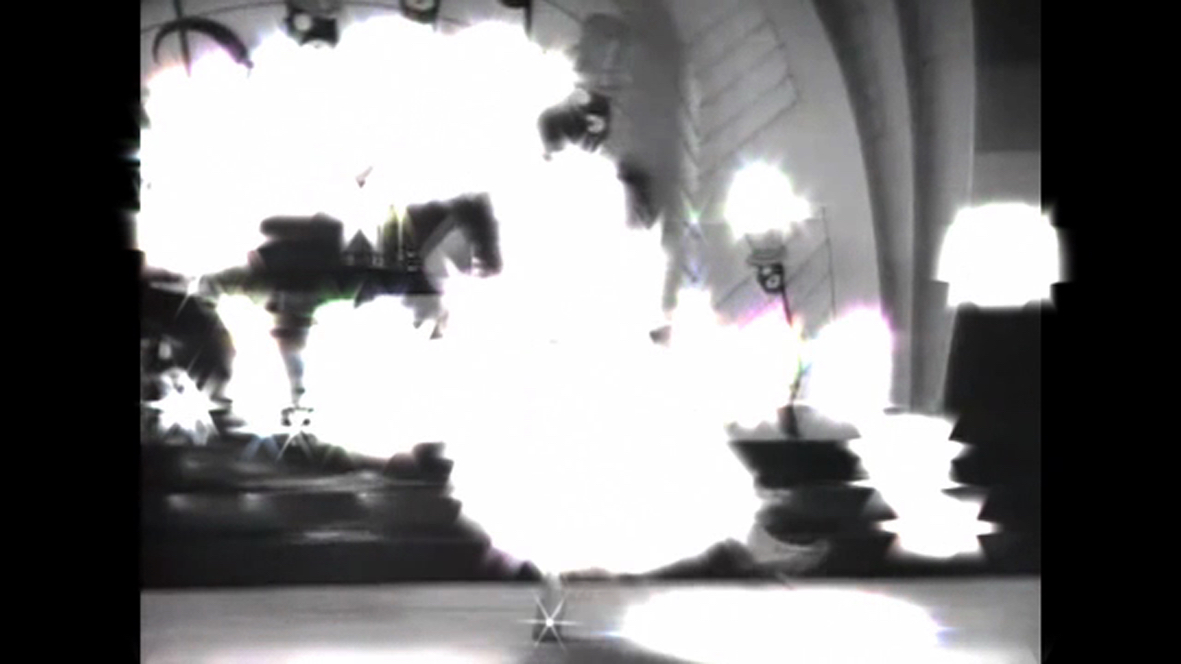
“A cross-generational dialogue that vacillates between activating the archive and a melancholic futurism” is how UK artist Sonia Boyce describes Oh Adelaide (2010), a single-channel video that will be screen at Apalazzo Gallery from the 20th of November until the 5th of December. Sonia Boyce makes this work in collaboration with sound artist Ain Bailey.
Oh Adelaide incorporates found film footage, such as the jazz composition Creole Love Call (1927), taken from the internet of the late jazz singer and entertainer, Adelaide Hall (1901-1993). Sonia Boyce, with the help of the soundtrack realized by Ain Bailey, manipulates and re-imagines these pictures in order to address important questions related to the representation and perception of the female black body. As art historian Sophie Orlando points out “Power and possession of the body through the gaze is […] at the heart of this work”.
Oh Adelaide starts with the opening of the curtains onto the scene, where the presence of the singer, Adelaide, is in part covered by an incandescent mass that deprives the spectator of the view of her body. Furthermore, her performance, that consists mainly in a wordless vocal of the famous jazz standard Creole Love Call, is concealed by the disturbing sounds. Adelaide appears as an ethereal figure on the stage and this sense of estrangement and dispossession is underscored by Bailey’s immersive and haunting soundtrack. Her fragmented and incomplete body responds to Bataille’s “aesthetic of the formless”, where, as Sophie Orlando states, “the formless […] deviates from the norm and from the law. It dismantles authorship and authority and as such, deprives the viewer and the power of the gaze, its object”.
The video is part of the Devotional Collection, a project that Sonia has been doing since the 1999; it has started as a performance and then has been continued as an ongoing collection. Sonia has been collecting, from different sources and with the support of other people, names of black British female singers. In this way, she creates a sort of archive that enhances collective memory of black English music; each person can find in it a name of a song or singer that means something to him/ her and share his/ her emotions with other people. Since music is a mass and universal experience and “a name, or a title of a song, or the record itself becomes a meeting point for shared and particular experience”.
Sonia Boyce emerged in the early 1980s as a key artist in the burgeoning Black-British art scene of that time with figurative paintings that spoke about race and gender. Since the 1990s, her practice has broadened to incorporate text, print, sound, photography, video and improvised collaborations.
